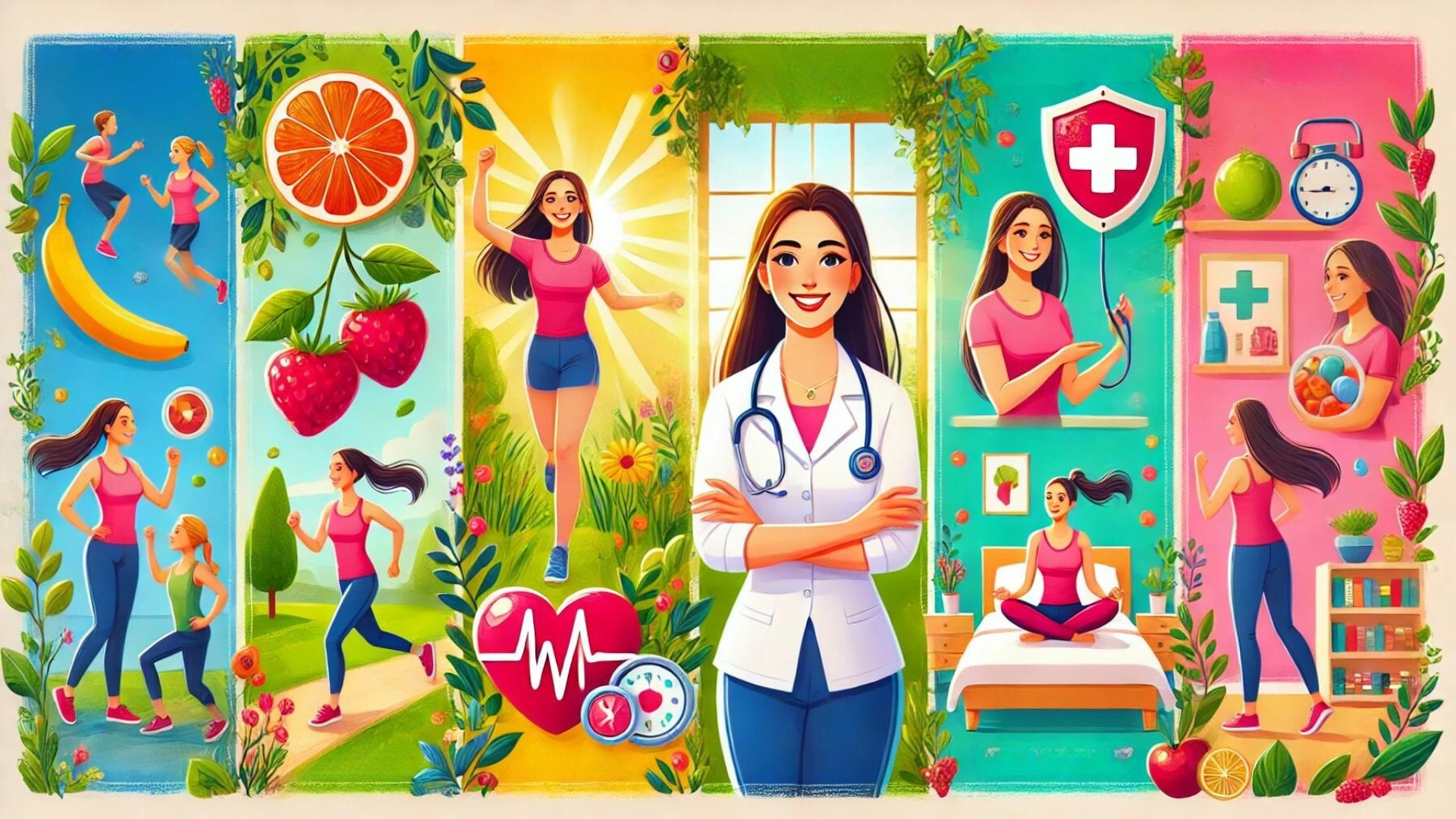
Hey, ladies! As your Functional Health Coach, I'm here to share some fun and fabulous tips to help you stay healthy and radiant. We all want to live our best lives, so let’s dive into some essential habits that will keep us glowing from the inside out!
Eat Well: Nourish Your Body
Fuel your body with healthy, delicious foods. Aim for:
Five servings of fruits and vegetables daily – think vibrant salads, smoothies, and colorful plates.
Three servings of whole grains – High Fiber Low Glycemic Gluten Free foods like quinoa, lentils, chickpeas, buckwheat, and black beans are fantastic choices.
If you're a meat lover, opt for Proteins like chicken, fish, flank steak or tenderloin, turkey, and pork tenderloin. Buy Pasture Raised as much as you can.
Cut down on salt, sugar, processed foods like cereal, breads, pasta, cakes, candy, fast food, and fried foods. Your body will thank you!
Get Healthy Fats for your brain health, joints, and heart – Extra Virgin Olive Oil (EVOO), Coconut Oil, Avocados, Handful of Nuts, Grass Fed Butter, Ghee is a Dairy free option with the milk fats removed.
Exercise: Move and Groove
Get moving! Physical activity isn’t just about looking good – it’s about feeling amazing, too.
A mix of cardio, weight training, and stretching is ideal.
Aim for 30 minutes a day, four to five times a week. That could be a brisk walk, a dance class, or a fun workout video.
Even simple activities like house cleaning or playing with your kids or pets count. Every little bit helps!
Get Enough Sleep: Beauty Rest
Sleep is your secret weapon for health and happiness.
Develop a calming sleep routine.
Aim for 7 to 9 hours of sleep each night.
Quality sleep helps your body repair itself and reduces inflammation, keeping you vibrant and energized.
Other Ways to Minimize Health Risks
If you smoke, quit: Your body deserves better.
Avoid ongoing high-stress situations: Stress less and smile more!
Get a flu shot every year: Protect yourself and those around you.
Stay on schedule with annual checkups and preventive screenings: Early detection is key.
Focus on These Habits to Stay Fabulous
By incorporating these habits into your daily routine, you can avoid long-term health issues like hypertension, heart disease, diabetes, minimize arthritis pain by avoiding gluten and other possible triggers, and some cancers. Plus, these tips can help you fend off colds, flu, and even COVID-19.
Remember, health is wealth, and taking care of yourself is the best investment you can make. So, let’s stay healthy, happy, and fabulous together!
 Add Row
Add Row  Add
Add 










Write A Comment